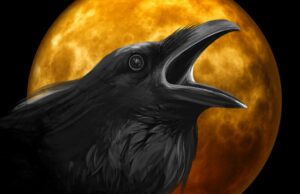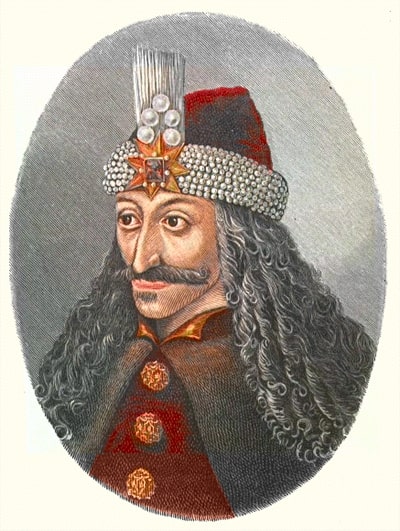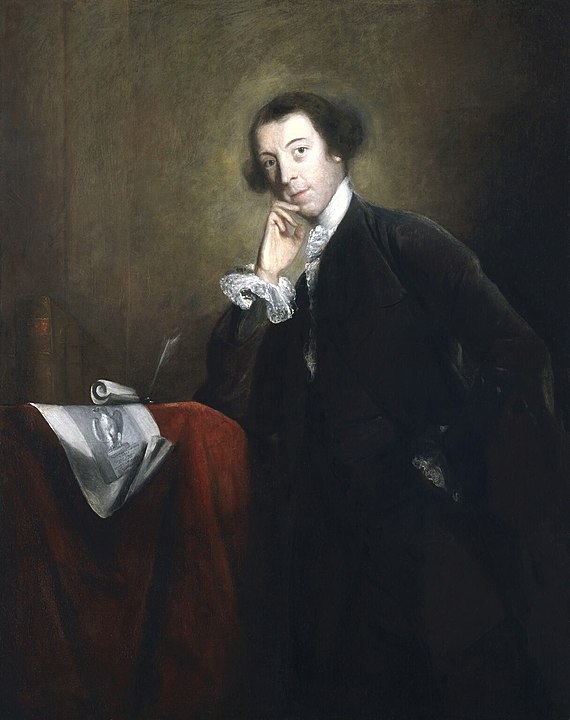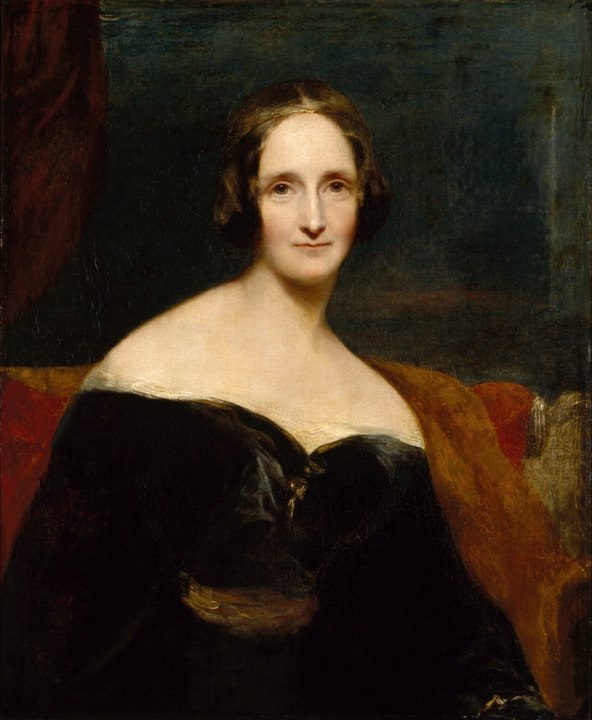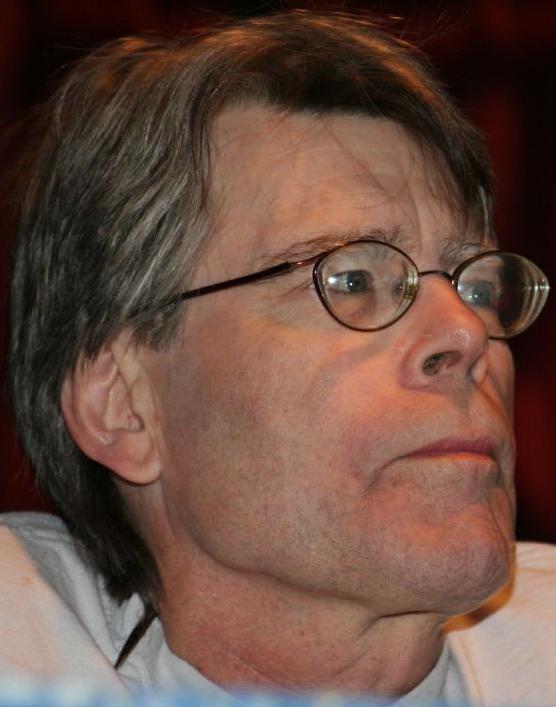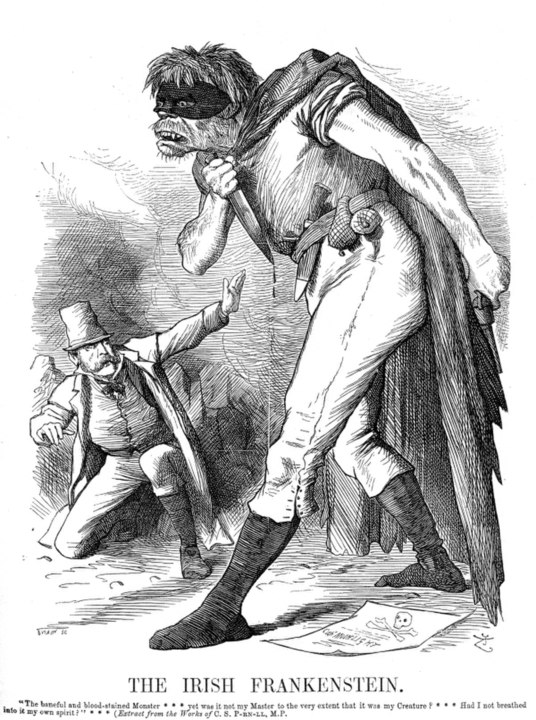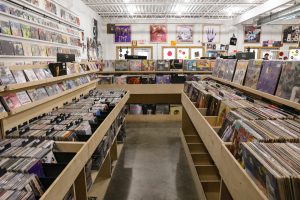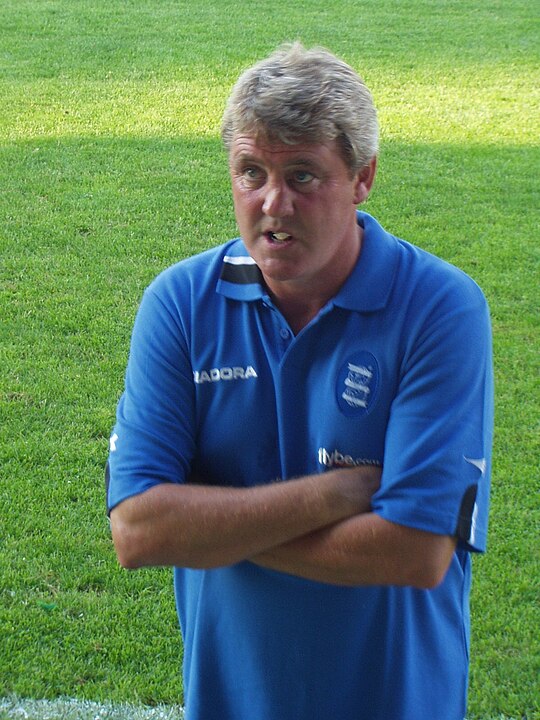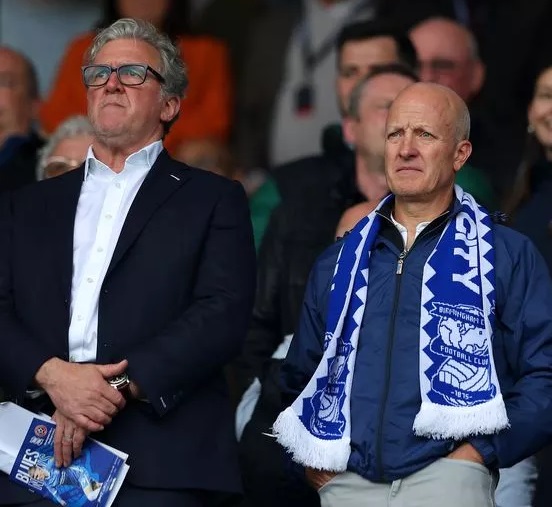
Both my mom and dad were born in Wolverhampton and I have many relatives living there. I am just as proud of these roots as I am of my Birmingham ones.
About Wolverhampton
Wolverhampton is a city, metropolitan borough, and administrative centre in the West Midlands, England. At the 2011 census, it had a population of 249,470. Natives of the city are called “Wulfrunians”.
Historically part of Staffordshire, the city grew initially as a market town specialising in the wool trade. In the Industrial Revolution, it became a major centre for coal mining, steel production, lock making, and the manufacture of cars and motorcycles. The economy of the city is still based on engineering, including a large aerospace industry, as well as the service sector.
Toponyn
The city is named after Wulfrun, who founded the town in 985, from the Anglo-Saxon Wulfrūnehēantūn (“Wulfrūn’s high or principal enclosure or farm”). Before the Norman Conquest, the area’s name appears only as variants of Heantune or Hamtun, the prefix Wulfrun or similar appearing in 1070 and thereafter. Alternatively, the city may have earned its original name from Wulfereēantūn (“Wulfhere’s high or principal enclosure or farm”) after the Mercian King, who according to tradition established an abbey in 659, though no evidence of an abbey has been found. The variation Wolveren Hampton is seen in medieval records, e.g. in 1381.
History
A local tradition states that King Wulfhere of Mercia founded an abbey of St Mary at Wolverhampton in 659.
Wolverhampton is recorded as being the site of a decisive battle between the unified Mercian Angles and West Saxons against the raiding Danes in 910, although sources are unclear as to whether the battle itself took place in Wednesfield or Tettenhall. The Mercians and West Saxons claimed a decisive victory, and the field of Woden is recognised by numerous place names in Wednesfield.
In 985, King Ethelred the Unready granted lands at a place referred to as Heantun to Lady Wulfrun by royal charter, and hence founding the settlement.
In 994, a monastery was consecrated in Wolverhampton for which Wulfrun granted land at Upper Arley in Worcestershire, Bilston, Willenhall, Wednesfield, Pelsall, Ogley Hay near Brownhills, Hilton near Wall, Hatherton, Kinvaston, Hilton near Wolverhampton, and Featherstone. This became the site for the current St. Peter’s Church. A statue of Lady Wulfrun, sculpted by Sir Charles Wheeler, can be seen on the stairs outside the church.
Wolverhampton is recorded in the Domesday Book in 1086 as being in the Hundred of Seisdon and the county of Staffordshire. The lords of the manor are listed as the canons of St Mary (the church’s dedication was changed to St Peter after this date), with the tenant-in-chief being Samson, William the Conqueror’s personal chaplain. Wolverhampton at this date is a large settlement of fifty households.
In 1179, there is mention of a market held in the town, and in 1204 it had come to the attention of King John that the town did not possess a Royal Charter for holding a market. This charter for a weekly market held on a Wednesday was eventually granted on 4 February 1258 by Henry III.
It is held that in the 14th and 15th centuries that Wolverhampton was one of the “staple towns” of the woollen trade, which today can be seen by the inclusion of a woolpack on the city’s coat of arms, and by the many small streets, especially in the city centre, called “Fold” (examples being Blossom’s Fold, Farmers Fold, Townwell Fold and Victoria Fold), as well as Woolpack Street and Woolpack Alley.
In 1512, Sir Stephen Jenyns, a former Lord Mayor of London and a twice Master of the Worshipful Company of Merchant Taylors, who was born in the city, founded Wolverhampton Grammar School, one of the oldest active schools in Britain.
From the 16th century onwards, Wolverhampton became home to a number of metal industries including lock and key making and iron and brass working.
Wolverhampton suffered two Great Fires: the first in April 1590, and the second in September 1696. Both fires started in today’s Salop Street. The first fire lasted for five days and left nearly 700 people homeless, whilst the second destroyed 60 homes in the first five hours. This second fire led to the purchase of the first fire engine within the city in September 1703.
On 27 January 1606, two farmers, Thomas Smart and John Holyhead of Rowley Regis, were executed on High Green, now Queen Square, for sheltering two of the Gunpowder Plotters, Robert Wintour and Stephen Littleton, who had fled to the Midlands. The pair played no part in the original plot nevertheless suffered a traitor’s death of being hanged, drawn and quartered on butcher’s blocks set up in the square a few days before the execution of Guy Fawkes and several other plotters in London.
There is also evidence that Wolverhampton may have been the location of the first working Newcomen Steam Engine in 1712.
Read more here.
The above articles were taken from Wikipedia and are subject to change.
Links
jorono on Pexels – The image shown at the top of this page is the copyright of jorono. You can find more great work from the photographer and lots more free stock photo’s at Pixabay.




